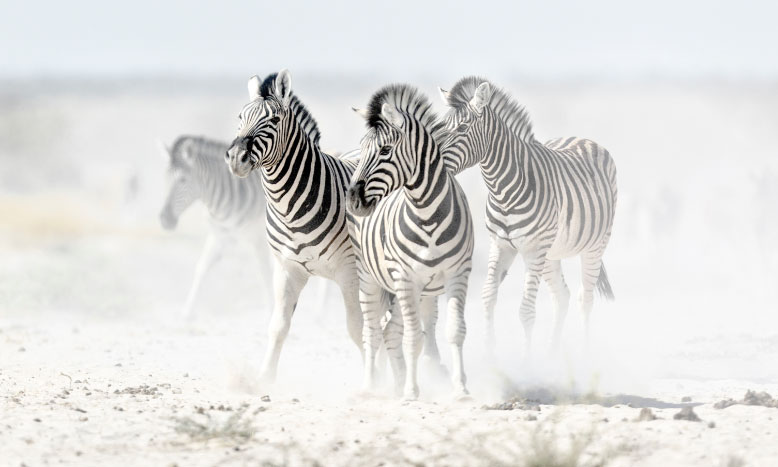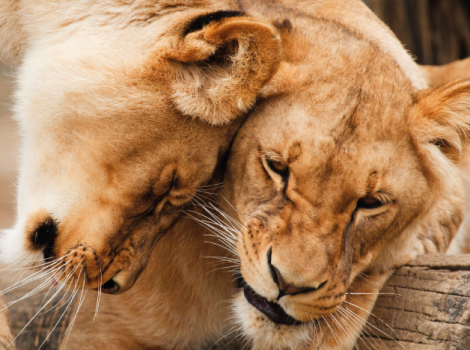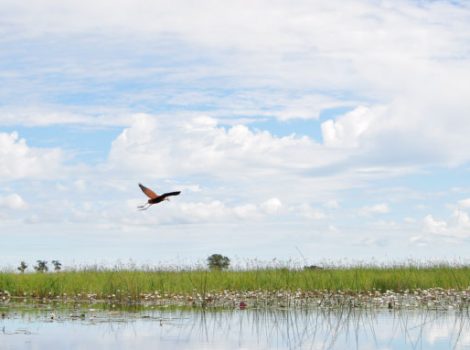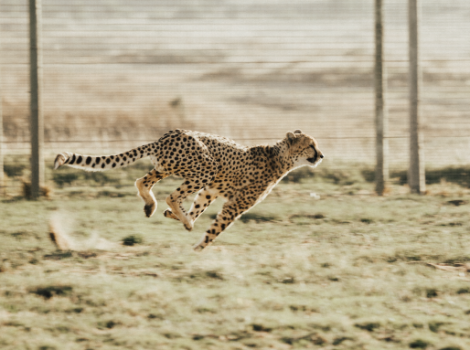From November to December every year, a captivating spectacle of Southern Africa’s longest migration of animals takes place in Botswana as thousands of zebras traverse Moremi Game Reserve and Chobe National Park in search of grazing land down south, around the Makgadikgadi saltpans.
This migration, according to the Environment, Natural Resources, Conservation and Tourism (ENRCT) Minister, Phildah Kereng (pictured below), is a view best witnessed at Makgadikgadi and Nxai parks.
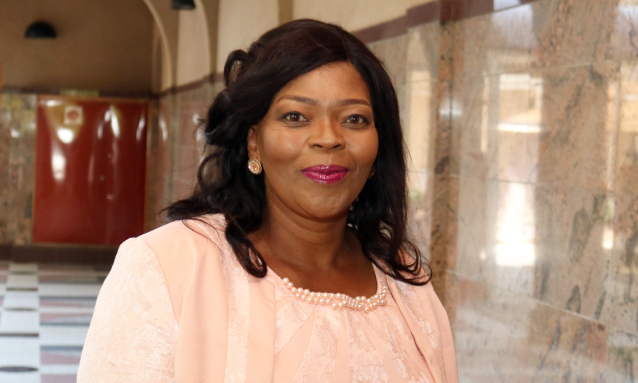
“While it is not Africa’s largest migration in terms of number of animals involved, it is the longest single migration in terms of animals in Southern Africa that has ever been recorded and is an incredible sight to see first hand, as thousands of Zebras kick up plumes of dust as they move from one grazing area to another,” Kereng recently explained Kereng when observing this year’s International Zebra Day on January 31.
Although there was no organised commemoration to mark day, to celebrate the country’s pride, Kereng delivered a moving speech from her office in Gaborone. Botswana’s Zebra migration takes place twice a year, starting around November when herds of Zebras move from the Chobe area and Okavango Delta southwards to Makgadikgadi and Nxai national parks, where they normally spend the rest of the rainy season. They then travel back at the end of the rainy season and reach the Okavango Delta and Chobe National Park at the beginning of the dry season. Although the dry season that generally starts in winter hits the saltpans and the general vegetation in the south, for the Chobe and Okavango Delta, it is a period when the water from the Angola Highlands fills the area, resulting in plentiful greens and water.
“Allow me to take you on a virtual tour of this beautiful zebra migration. Thousands of Zebras traverse the Moremi Game reserve and Chobe National Park to find more grazing further south. They enter the vast Makgadikgadi Saltpans, a place devoid of life and water in the dry season, but bursts with vast greenery in the wet season,” added Kereng.
“Conveniently though, the migrations start and end in two of Botswana’s most spectacular national parks, the Chobe National Park in the north and Makgadikgadi Pans National Park deep in the interior of the south,” she further noted.
Minister Kereng said this offers excellent coordination of tours for viewing this impressive migration.
“Again, I say the world needs to see this phenomenon. I look forward to meeting you in the Makgadikgadi/Nxai National parks in November and December 2022, as we enjoy the scenic zebra migration where the stampede of the mating stallions engulfs the air, the kick of the galloping mares a spectacle and the bursts of aimless sprints of the foal signify that the Zebra lives on.”
Kereng also revealed Botswana is currently working with Angola, Namibia, Zambia and Zimbabwe under the Kavango Zambezi Transfrontier Conservation Area (KAZA TFCA) to secure zebra migration routes across these five countries.
“This contributes to the Botswana Conservation story, which we will continue to showcase to the world,” the Minister noted.
The Zebra is Botswana’s national animal as seen featuring in its national shield, coat of arms and some of its banknotes, P1 coin and P200 note. Its black and white stripes have always been symbolic since the country gained independence from England in 1966.
In fact, some of Botswana’s institutions have been named after the Zebra, including among others, the country’s national football team; The Mighty Zebras, the junior football team, Dipetsana (foals) while the female national team is called The Mares.
“With football as a sport that unites us as a nation from all corners of Botswana, this symbolises the tenacity, agility, speed and strength to defend against the opponent for our national football teams, which are all characteristics of a zebra. This demonstrates the quality of the beauty of the game of football and aspirations to kick like the zebra in order to win as a nation,” said Kereng.
Source: https://news.thevoicebw.com/a-spectacle-to-behold/

